A Guide to Lake Keowee Regulations: What Homeowners and Buyers Need to Know
A Guide to Lake Keowee Regulations: What Homeowners and Buyers Need to Know
Owning property on Lake Keowee comes with unique privileges and responsibilities. Duke Energy manages the lake, so regulations are in place to preserve its beauty, ensure safety, and protect the environment. If you’re considering purchasing a Lake Keowee home or already own one, here’s a comprehensive guide to help you understand the key regulations and guidelines that impact homeowners and buyers.
1. Shoreline Management and Protection
One of the most important regulatory aspects of Lake Keowee is shoreline management. Shoreline regulations aim to preserve the lake’s natural beauty, minimize erosion, and protect local wildlife habitats.
- Vegetation and Tree Management: Property owners are encouraged to maintain natural vegetation to prevent erosion and preserve the lake’s ecosystem. Removing large amounts of vegetation or cutting down trees along the shoreline may require permission.
- Erosion Control: To prevent erosion, homeowners may be required to install riprap or other forms of erosion control along the shoreline. However, alterations to the shoreline should be approved by Duke Energy’s shoreline management team.
- Protected Zones: Certain areas of Lake Keowee have restrictions on building or vegetation removal to protect wildlife habitats. Check with Duke Energy for guidelines specific to your property.
2. Dock Permits and Regulations
Docks are a valuable amenity for lakefront properties, providing convenient access to the water for boating, fishing, and swimming. However, there are strict regulations regarding dock installation, maintenance, and permits.
- Dock Permit Requirements: All docks on Lake Keowee require a permit issued by Duke Energy. If you’re buying a property with an existing dock, confirm that it has an active permit in compliance with regulations.
- New Dock Construction: If your property doesn’t already have a dock, you’ll need to apply for a permit and follow Duke Energy’s design and placement guidelines. This includes restrictions on the dock’s size, materials, and location.
- Dock Maintenance and Repair: Regular maintenance of your dock is essential for safety and compliance. However, significant repairs or dock replacements may require additional permits or approvals.
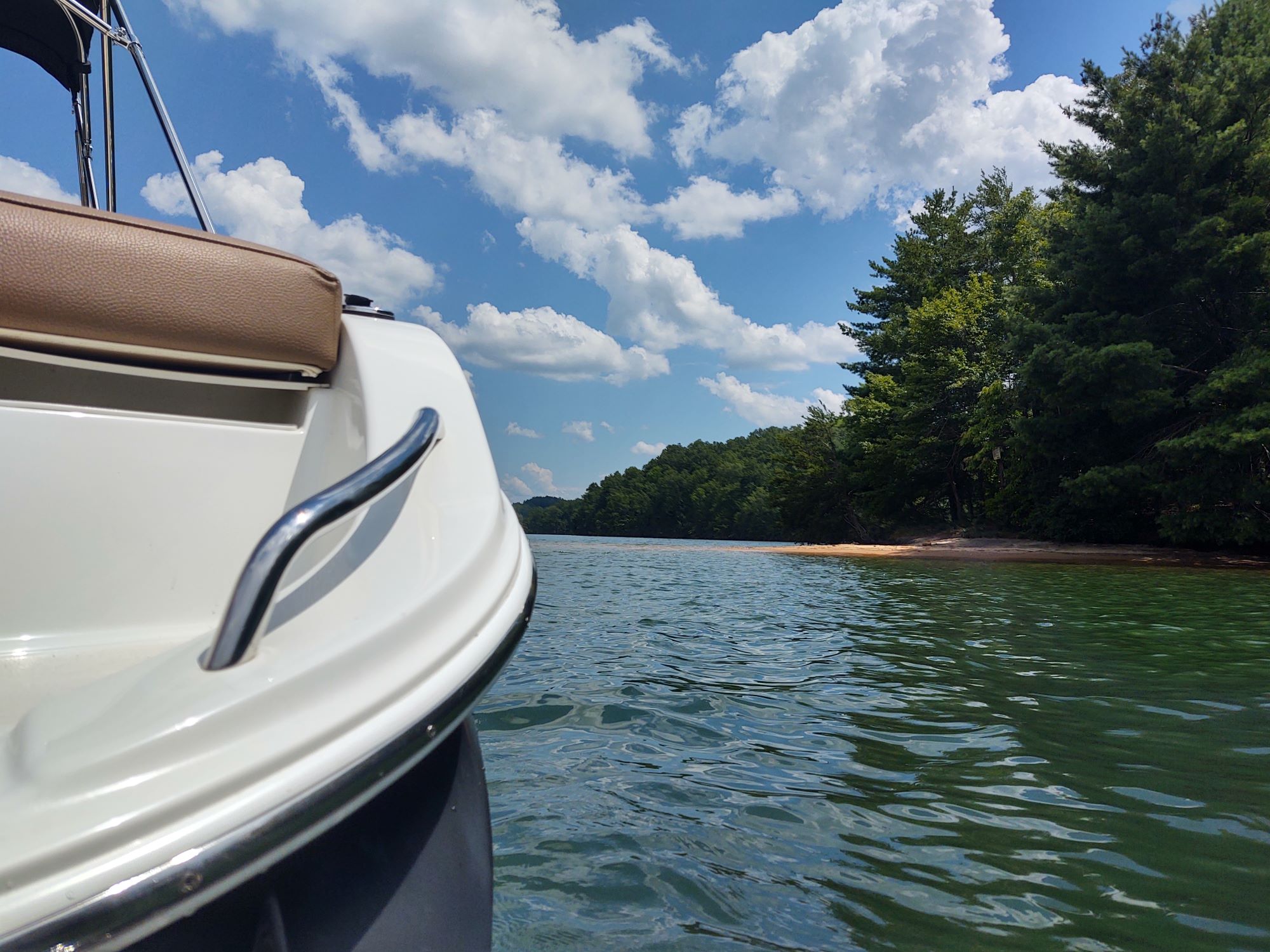
3. Boat Regulations and Watercraft Guidelines
Lake Keowee is popular for boating and water sports, but boaters must adhere to certain regulations to maintain a safe environment for all.
- Boat Registration: All motorized boats used on Lake Keowee must be registered with the South Carolina Department of Natural Resources (SCDNR). Non-motorized boats like kayaks and canoes don’t require registration.
- Speed and Wake Zones: Certain areas of Lake Keowee, such as near marinas or residential zones, are designated as no-wake zones, meaning boats must travel at idle speed. These zones help prevent shoreline erosion and ensure safety for swimmers.
- Personal Watercraft Regulations: Jet skis and similar personal watercraft are permitted on Lake Keowee but must follow SCDNR regulations, including age restrictions, speed limits, and operational guidelines.
4. Fishing Regulations and Wildlife Conservation
Lake Keowee is known for its excellent fishing opportunities, with species like bass, trout, and catfish. However, fishing is regulated to protect fish populations and maintain a balanced ecosystem.
- Fishing Licenses: Anyone over 16 must have a valid South Carolina fishing license to fish in Lake Keowee. Licenses can be purchased online through the SCDNR website or at local retailers.
- Catch Limits: To preserve fish populations, there are specific catch and size limits for certain species. Check the latest regulations on the SCDNR website for updated limits on bass, trout, and other fish.
- Wildlife Protection: The lake and its surrounding areas are home to a variety of wildlife. Feeding or disturbing wildlife, such as birds or turtles, is discouraged, and certain areas may have restrictions to protect habitats.
5. Water Quality and Environmental Protection
Maintaining water quality is essential for Lake Keowee’s health and beauty. Homeowners are encouraged to take steps to minimize pollution and protect the lake’s water quality.
- Fertilizer and Chemical Use: Limit the use of fertilizers, pesticides, and other chemicals near the lake, as runoff can harm water quality and contribute to algae blooms.
- Septic System Maintenance: If your home relies on a septic system, regular maintenance is crucial to prevent contamination of the lake. Property owners should have their septic systems inspected and pumped as needed.
- Erosion and Sediment Control: Minimizing soil disturbance and planting native vegetation along the shoreline can help reduce sediment runoff, which can harm fish habitats and reduce water clarity.
6. Building and Renovation Guidelines
Building or renovating on Lake Keowee property requires adherence to specific guidelines to ensure that development does not disrupt the lake environment or local aesthetics.
- Building Permits and Approvals: If you plan to build a new home, expand an existing structure, or make significant renovations, you’ll need the proper permits from local authorities and approval from Duke Energy’s shoreline management team.
- Height and Setback Restrictions: To preserve views and maintain a cohesive aesthetic, there are often restrictions on building height and setback distances from the lake. Check local zoning laws for specifics on your property.
- Lighting Restrictions: Outdoor lighting should be minimized to reduce light pollution around the lake. Use downward-facing fixtures and avoid excessive brightness to preserve the natural nighttime environment.
7. Noise and Activity Regulations
To maintain a peaceful environment for all Lake Keowee residents, certain regulations exist regarding noise levels and activities around the lake.
- Quiet Hours: Some communities and HOA-managed neighborhoods have designated quiet hours, typically between 10 p.m. and 7 a.m., to reduce noise disturbances.
- Outdoor Activity Guidelines: Use of amplified music, fireworks, or other loud activities may be restricted, especially in residential areas. Always check with your community’s HOA for specific rules.
- Boating Noise Limits: Boats and other watercraft should minimize noise near residential areas, especially during early morning and late evening hours. Mufflers or noise-reducing devices are recommended for motorized boats.
Conclusion
Understanding Lake Keowee’s regulations is essential for prospective buyers and current homeowners to protect the lake environment and preserve its beauty for generations. From dock permits and boat regulations to environmental protection guidelines, these rules ensure that Lake Keowee remains a pristine, enjoyable destination for everyone.
Considering buying or building on Lake Keowee? Contact Me for more information about Lake Keowee real estate and guidance on adhering to the regulations while creating your ideal lakefront home.
Categories
Recent Posts


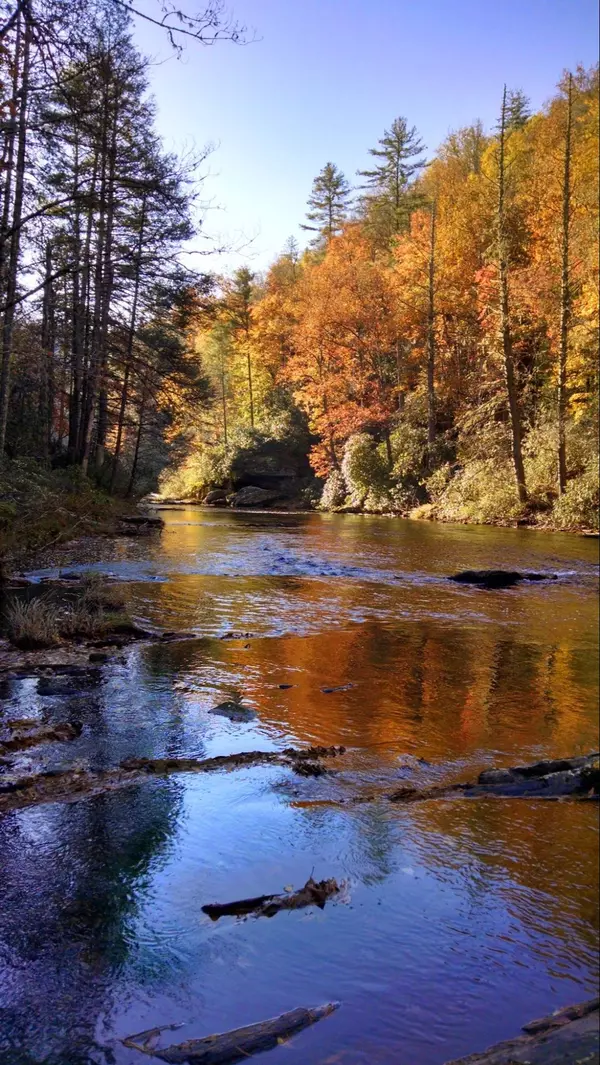
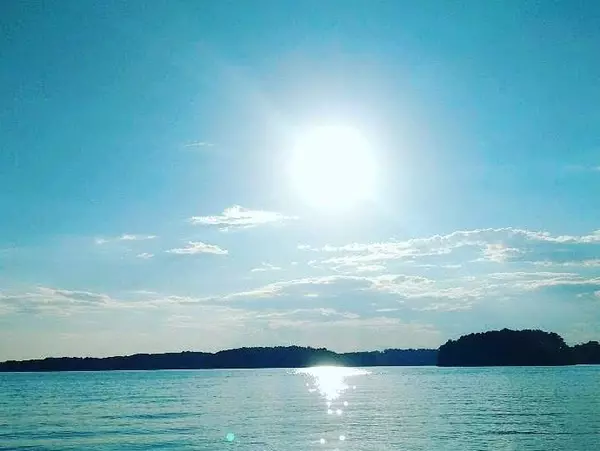


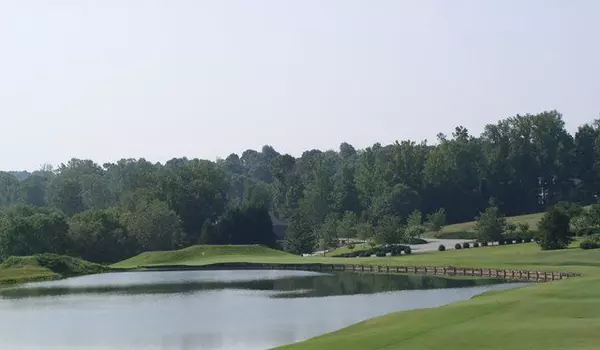
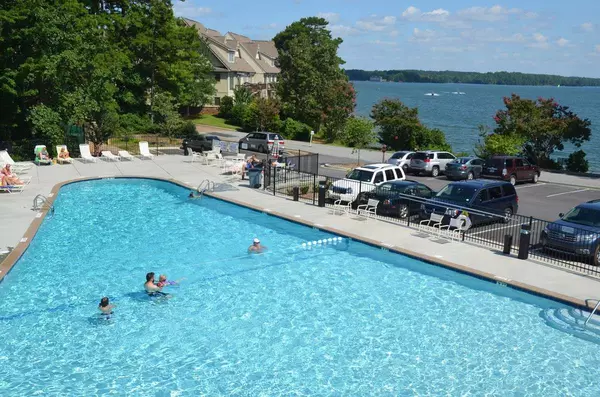
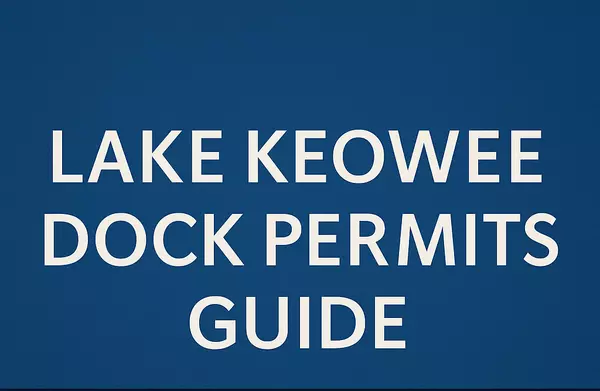

GET MORE INFORMATION

